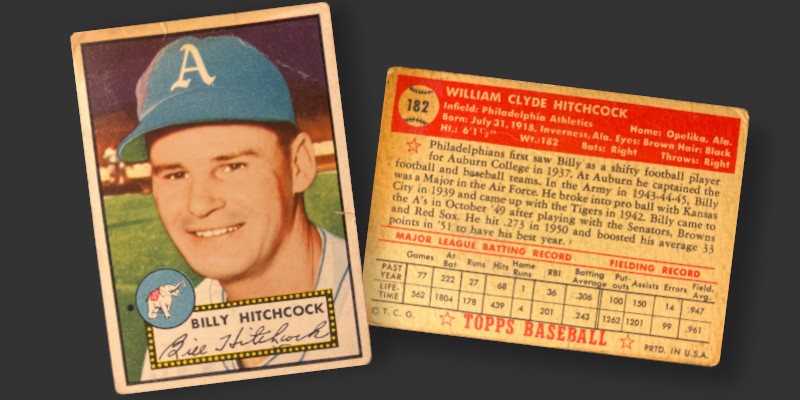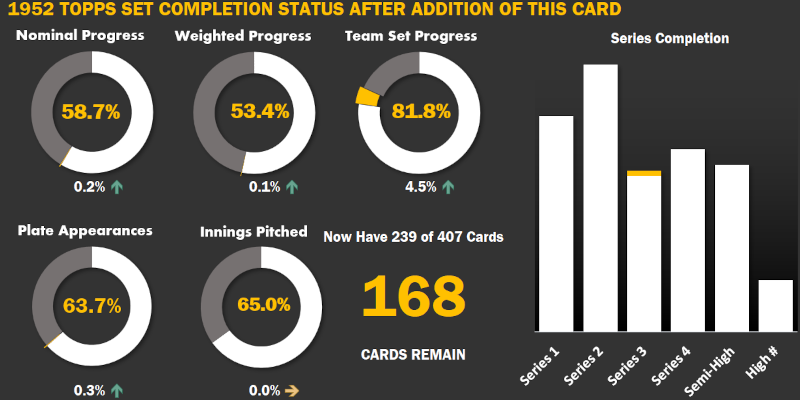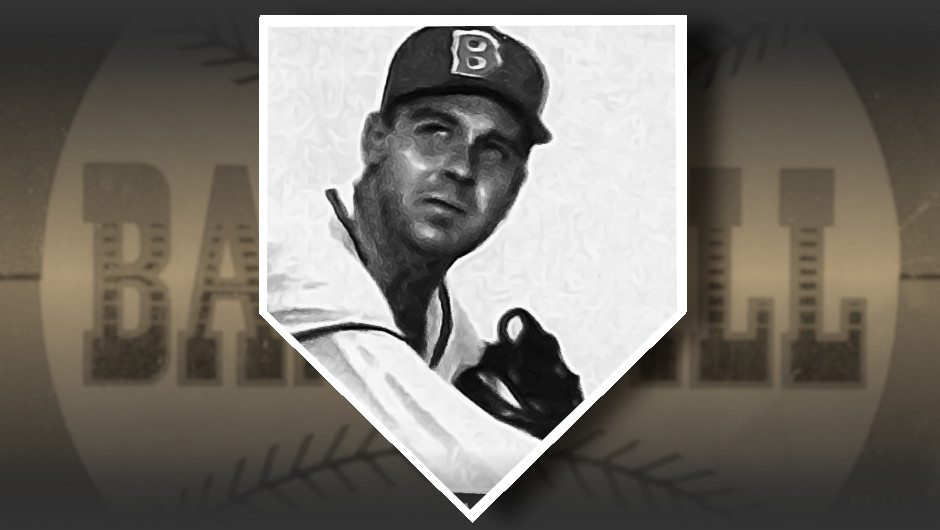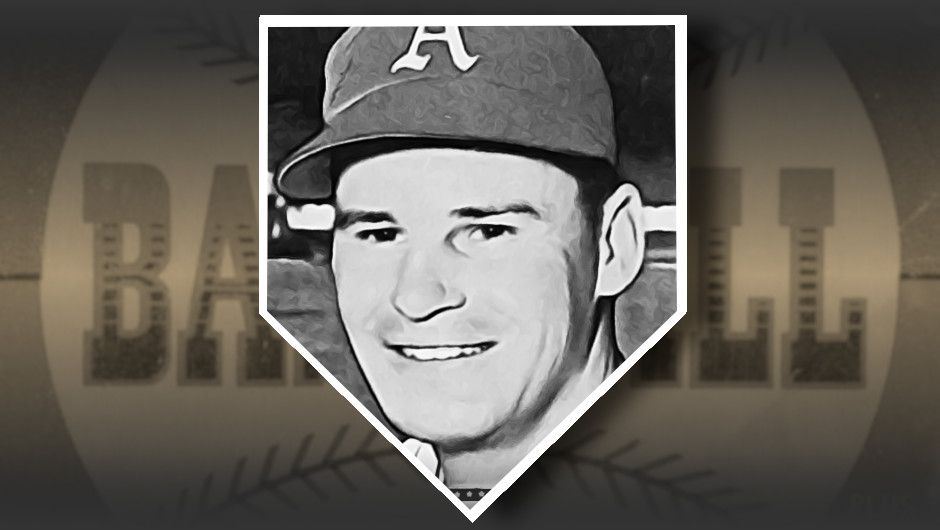Do you remember Tim Tebow scrambling around the NFL? Steelers fans like I do after an upset playoff loss against Denver. He played 35 games from 2010-2012, most of which came in a backup capacity. He had achieved high accolades as the quarterback of the Florida Gators, including the Heisman Trophy and a pair of BCS championships. Four years after taking his last snap, he signed with the New York Mets and reported to his new assignment with a team in the Arizona Fall League. Of course, with the benefit of hindsight we know Tebow hung up his glove after hitting .163 as a 31 year-old in AAA. Despite this, you’ll still see collectors rummaging through card show discount boxes stop and hold up a card like this for others to see:
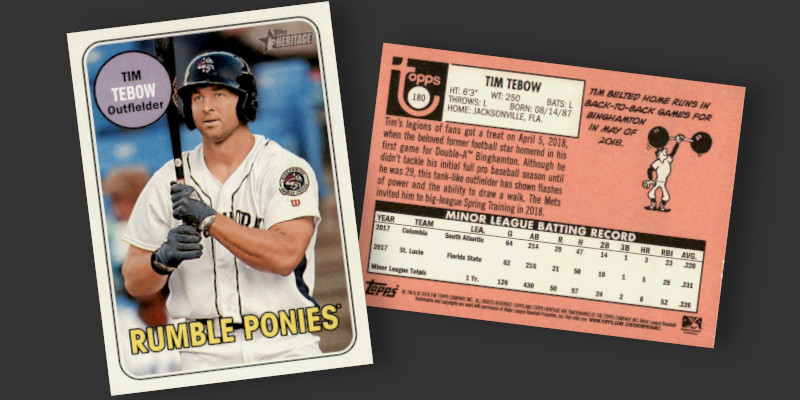
With that backdrop in mind, I wonder if a similar reaction was elicited from those opening packs of Topps baseball cards in 1952. While collectors would need to wait until the following year to get a card of a Heisman Trophy winner (Vic Janowicz), they could entertain themselves by looking for cards of Billy Hitchcock.
Hitchcock had been a star football and baseball player for the Tigers at Auburn, setting the stage for baseball’s next Heisman winner (Bo Jackson) to do the same. Hitchcock was an Auburn halfback in 1936, scoring the team’s lone touchdown in their first bowl game and captaining the team to their first bowl victory the following year. Afterwards, he concentrated on baseball and played a half season for the (non-Auburn) Tigers baseball team in Detroit before serving three years in the military.
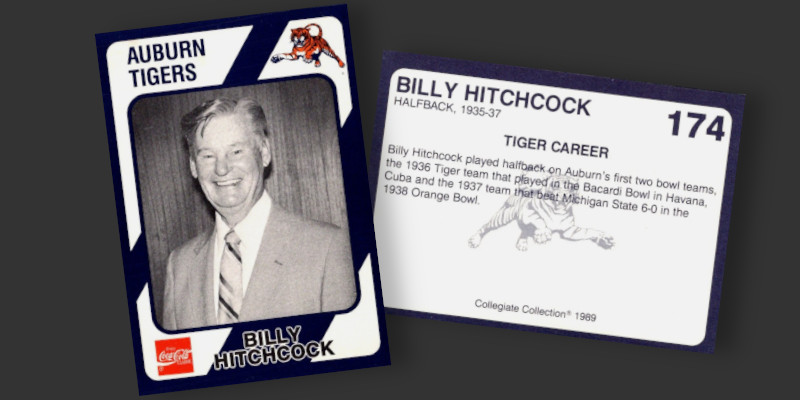
Hitchcock had not been particularly impressive in his lone 1942 season and bounced around a half dozen teams upon his return. The journeyman produced below replacement level results and never had a strong claim on any particular position on the diamond. Indeed, his 1952 Topps baseball card lists him only as “infield” for his role with the Philadelphia Athletics.
Taking the Tebow/Hitchcock comparison a bit further, both stood out in college but didn’t quite find abundant success at the professional level. Hitchcock at least made it to the big leagues and miraculously stuck around for a decade despite the duo producing very similar offensive stats.
| NAME | G | PA | HR | RBI | SB | .AVG | .SLG | .OPS |
|---|---|---|---|---|---|---|---|---|
| Hitchcock (MLB) | 703 | 2,502 | 5 | 257 | 15 | .243 | .310 | .609 |
| Tebow (Minor League) | 287 | 1,048 | 18 | 107 | 5 | .223 | .338 | .638 |
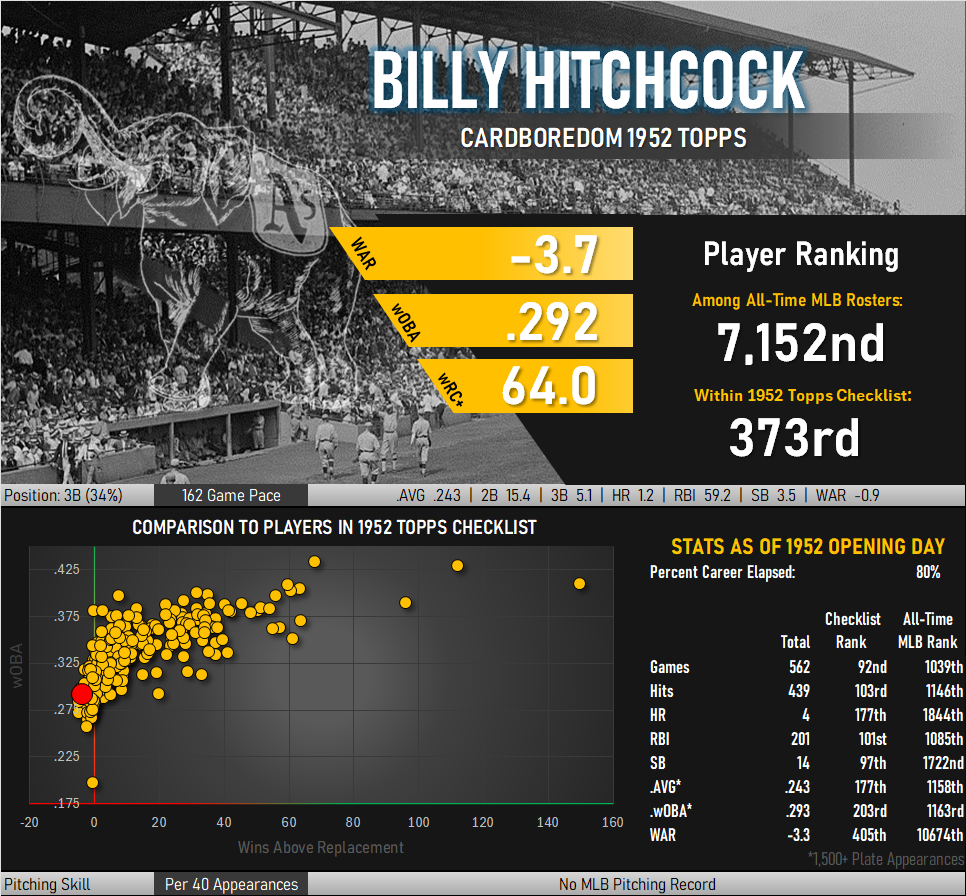
After his 1953 retirement, Hitchcock became a fixture as manager in both major and minor league ballparks. By the 1970s he had become the president of the AA-level Southern League and would hold that title for almost as long as he held a big league bat.
Hitchcock sits in the middle of the 1952 Topps checklist as card #182 and is the 239th name checked off my list. This card has all the hallmarks of being an “attic” card, a baseball card tucked away in a shoebox in the eaves of some old house. The top has the telltale yellow oxidation that seems to accelerate outside of climate controlled environments. This discoloring is not uniform and is concentrated towards the top of the card. My guess is a young collector moved out of his childhood home, leaving his parents to box up his baseball cards and store them in the attic alongside clothes, toys, and other mementos. This card either had a quarter inch poking haphazardly out of a stack of cards or was packed tightly against smaller baseball cards from Bowman or later issues of Topps.
